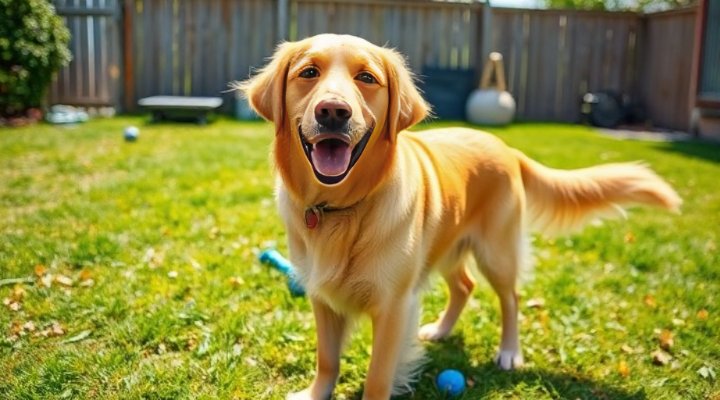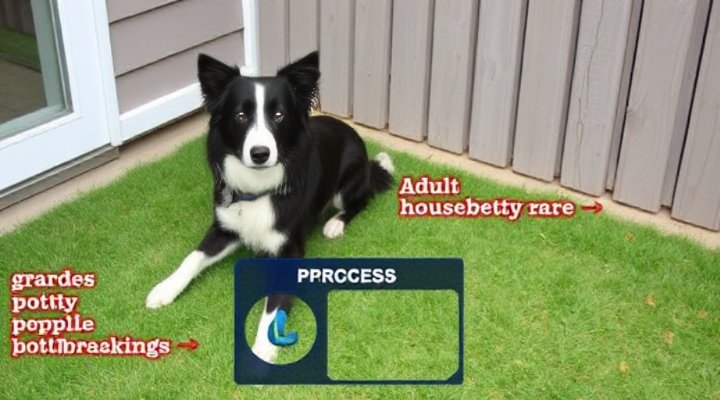Housebreaking an adult dog can seem daunting, but with the right approach, it’s entirely achievable. Whether you’re dealing with a rescue dog or a pet that missed out on early training, this guide will help you navigate the process with ease and confidence.
Understanding the Challenges of Housebreaking an Adult Dog
Adult dogs often come with established habits, which can make housebreaking more challenging than training a puppy. However, with patience and consistency, you can help your dog develop new, positive behaviors. For example, if your dog has been used to eliminating indoors, it might take some time to adjust to outdoor routines.
Establishing a Routine for Housebreaking
Consistency is key when housebreaking an adult dog. Start by taking your dog outside at regular intervals, especially after meals, naps, and playtime. This helps your dog associate outdoor time with potty breaks. Additionally, using a command like ‘go potty’ can reinforce the behavior you want.

Positive reinforcement is a powerful tool in dog training. Whenever your dog eliminates outdoors, reward them immediately with treats, praise, or a quick play session. This creates a positive association with the desired behavior. For more tips on positive reinforcement, check out our article on Rescue Dog Training: How to Help Your Rescue Dog Adjust to a New Home.

Dealing with Accidents During Housebreaking
Accidents are inevitable during the housebreaking process. When they happen, it’s important to clean the area thoroughly to remove any lingering odors that might attract your dog back to the same spot. Avoid scolding your dog, as this can create anxiety and hinder progress. Instead, focus on reinforcing the correct behavior.
Using Crate Training to Aid Housebreaking
Crate training can be an effective method for housebreaking an adult dog. Dogs naturally avoid soiling their sleeping area, so a properly sized crate can help them learn to hold their bladder. For a detailed guide on crate training, visit our post on Crate Training Adult Dog: How to Help Your Adult Dog Adjust to a Crate.

Another useful technique is to designate a specific outdoor area for your dog to use. This helps your dog understand where they should go and can speed up the housebreaking process. Consistency in location is just as important as consistency in timing.
Monitoring Your Dog’s Progress
Keep track of your dog’s progress by noting when they successfully eliminate outdoors and when accidents occur. This can help you identify patterns and adjust your routine accordingly. Remember, every dog learns at their own pace, so be patient and celebrate small victories.

For additional resources on dog training, consider visiting authoritative sites like the American Kennel Club (AKC) or the American Veterinary Medical Association (AVMA).
Final Thoughts on Housebreaking an Adult Dog
Housebreaking an adult dog requires time, patience, and consistency, but the results are well worth the effort. By establishing a routine, using positive reinforcement, and addressing accidents calmly, you can help your dog develop good habits that last a lifetime. For more training tips, explore our Dog Training Methods: A Comprehensive Guide from Basic to Advanced.
Related Keywords: housebreaking adult dog, potty training adult dog, dog training methods, adult dog house training, how to housebreak an adult dog
